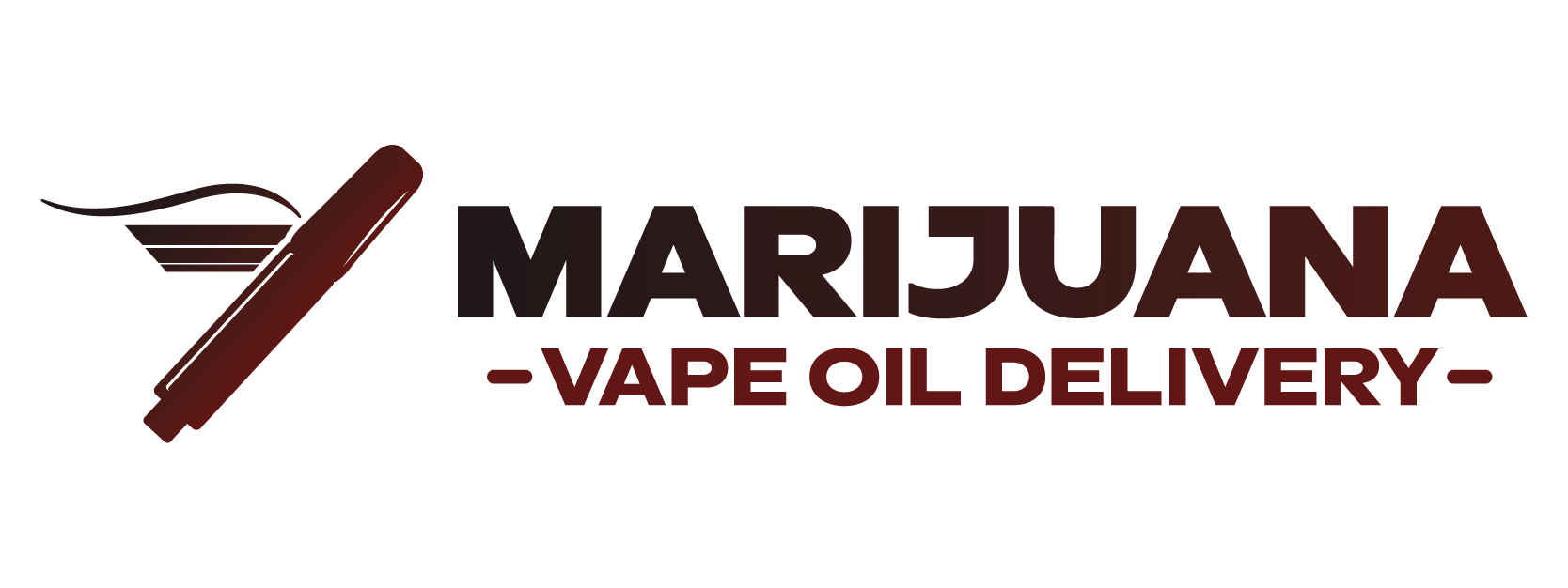The surging popularity of cannabis vape oil—an increasingly common method for consuming cannabinoids—has sparked a host of unforeseen and complex challenges. These span legal enforcement, public health concerns, cultural shifts, economic pressures, environmental impacts, and regulatory uncertainty.
Legal Ambiguities and Regulation Gaps
Despite adult-use legalization in many U.S. states, cannabis remains a Schedule I substance under federal law. This dichotomy creates inconsistent regulation of vape oils across jurisdictions. The outbreak of vaping-associated lung illnesses (EVALI) in 2019–20, tied to vitamin E acetate in illicit THC cartridges, underlined the deadly consequences of an inadequately regulated marketplace. The FDA still does not oversee THC vape products federally, and consumers in many states face pure chaos in product labeling and safety standards. In Connecticut, widespread unlicensed vape shops selling illicit cannabis have forced legislators to enact tougher penalties, seizure powers, and enforcement task forces to protect licensed businesses and public health.
Public Health and Cultural Pushback
Once hailed as safer than smoking, vaping cannabis has proven to carry serious respiratory risks. Many users assume it’s benign, but outbreaks of EVALI—including hundreds hospitalized and dozens killed—shattered that perception. A scoping review highlights growing prevalence of cannabis vaping among youth and young adults—populations especially vulnerable to lung harm. The industry’s cultural narrative of safety is now being reassessed, and health professionals are urging caution, especially regarding unregulated products.
Economic Pressures on Licensed Markets
Economically, vape oil is a double-edged sword. Concentrate sales now make up a huge share of the legal cannabis market—Arcview projected $8.4 billion in concentrate sales by 2022. But illicit operators heavily undercut legal retailers on price and potency. In states like Connecticut, competing lower-cost, higher-potency black-market vape products have threatened to collapse the licensed retail industry. Meanwhile, the Tax Foundation reports that up to 98% of vape products in some markets are illicit, costing states huge sums in uncollected tax.
Environmental and Waste Concerns
A less-discussed issue is the environmental cost. Disposable vape pens—common in the cannabis vaping sector—are typically non-recyclable, combining lithium batteries, electronics, plastics, and residual oils that pose fire hazards and chemical pollution. Their convenience-driven popularity exacerbates e-waste problems, raising cultural questions about sustainability.
Research and Knowledge Gaps
Another challenge is insufficient scientific understanding. Federal restrictions limit access to state-regulated products for research, leaving a knowledge void around long-term health effects, contaminants, and co-use with tobacco or other drugs. This regulatory gridlock hampers evidence-based policymaking and safer product standards.
Key Insights
- Legal fragmentation between state and federal law creates consumer risk and enforcement difficulty.
- Public health fallout from EVALI spotlighted the dangers of unregulated additives and youth-targeted marketing.
- Economic distortions stem from aggressive illicit competition and steep taxes depressing legal market share.
- Environmental impact is mounting due to e-waste concerns around disposable vape hardware.
- Research limitations on real-market products hinder policy and safety innovation.
Ultimately, the popularity of vape oil has revealed fissures in policy, culture, and infrastructure. But these challenges also offer a profound opportunity: to refine regulation, invest in scientific inquiry, and build an industry that is not only profitable, but safe, sustainable, and trustworthy.
